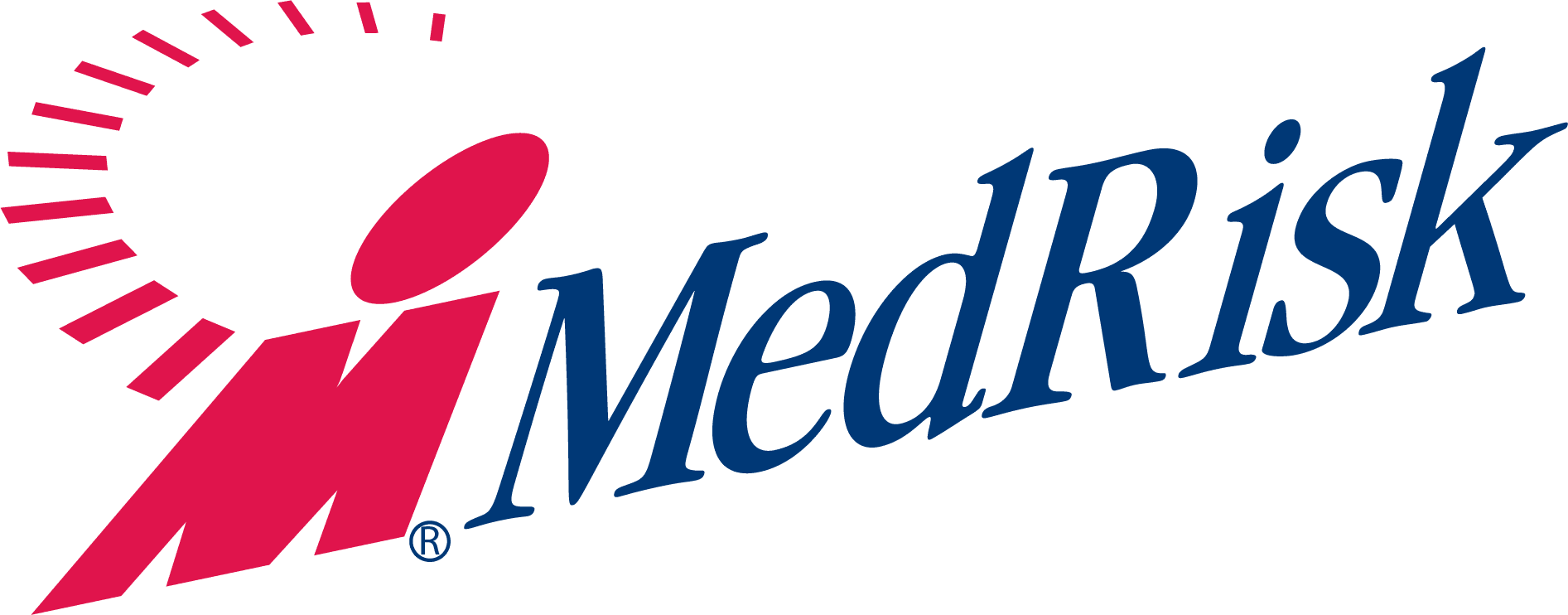Oct 3, 2019 | Insights
Which psychometric tools can help physical therapists identify psychosocial barriers to recovery? A recent article offers recommendations.
Physical therapy has increasingly become the first-line therapy for musculoskeletal injury; however, PTs vary significantly in their approach to identifying risk factors for chronic pain and disability. Research suggests that the most important prognostic factors are psychosocial and can include depression, anxiety, fear of reinjury and pain catastrophizing.
A 2019 article published in the Journal of Applied Biobehavioral Research reviewed six psychometric tools and made recommendations for how and when they might best be employed in a physical therapy setting.
The authors’ review covered the following psychometric tools:
- Multidimensional psychosocial assessment tools
- Keele Subgroups for Targeted Treatment Back Screening Tool: a nine‐item tool that can be particularly useful in stratifying risk for lower back pain (LBP) patients
- Optimal Screening for Prediction of Referral and Outcome Yellow Flag (OSPRO‐YF): a streamlined 17‐item questionnaire to help determine the presence of specific yellow flags in patients presenting for PT intervention
- Unidimensional psychosocial assessment tools
- Pain Catastrophizing Scale (PCS): originally developed for use with healthy individuals, this 13‐item questionnaire PCS has been primarily studied in patients presenting to outpatient PT and in the orthopedic postsurgical setting
- Tampa Scale of Kinesiophobia: developed to measure fear of movement in chronic pain patients presenting for behavioral rehabilitation; used in acute LBP and other acute pain populations
- Pain Self‐Efficacy Questionnaire: a 10-item questionnaire developed to measure an individual’s beliefs about their ability to participate in social activity and accomplish their goals in light of pain; originally used with chronic LBP patients, now validated for patients with chronic neck pain, upper limb pain, lower limb pain and fibromyalgia
- Patient Health Questionnaire: a nine‐item questionnaire that measures the severity of an individual’s depression based on Diagnostic and Statistical Manual of Mental Disorders, Fourth Edition (DSM‐IV) criteria
The authors assert that these clinical tools may provide important prognosis insights and help inform PTs on whether a psychologically-informed treatment platform is indicated. Likewise, MedRisk is dedicated to helping PTs determine if yellow flags are contributing factors in patient presentation and uses the Orebro Short Form (OMPSQ-SF) during PT consultation with injured workers in advance of scheduling.
Click here to read the complete article.
Van Wyngaarden JJ, Noehren B, Archer KR. Assessing psychosocial profile in the physical therapy setting. J Appl Behav Res. 2019;24:e12165. https://doi.org/10.1111/jabr.12165
Feb 26, 2019 | Insights
A review of 28 published articles has determined which employer interventions are most effective at preventing LBP on the job.
Non-specific low back pain (LBP) continues to pose a significant public health risk in the United States and other industrialized countries, where lifetime prevalence is 60-70% and annual adult incidence is 5%. With 37% of global LBP cases believed to be work-related, recent studies have sought to measure the effectiveness of workplace interventions and prevention strategies, such as education (e.g., back schools), exercise, lumbar supports (e.g., back belts), lifting techniques, and training of employees – however, data have been difficult to sift through, until now.
In 2017, a team of researchers led by Dr. Daniel Sowah at the University of Alberta set out to synthesize this data in a systematic review. They looked at 28 eligible articles published between 1994 and 2016 evaluating the effectiveness of LBP interventions that could be implemented in the workplace. Sowah and his team categorized the interventions as primary or secondary prevention approaches. The outcome measures applied to primary interventions were incidence and prevalence of LBP, and recurrence of LBP was included for secondary prevention. The impact of LBP, disability and cost were also included as outcomes.
The study team found exercise alone or together with education was the only approach that was consistently effective in the prevention of LBP across the body of research, supporting the claim that exercise interventions can help prevent LBP and diminish its related disability and workplace impact, at least in the short term. Notably, education in combination with exercise was found to be more effective than education alone, bolstering the case for a multidimensional approach to LBP prevention in the workplace.
Click here to read the article.
Sowah, D., Boyko, R., Antle, D., Miller, L., Zakhary, M., & Straube, S. (2018). Occupational interventions for the prevention of back pain: Overview of systematic reviews. Journal of safety research, 66, 39-59.
Feb 5, 2018 | Insights
New research reveals how PT consultation, as compared with PT participation, affects opioid prescription rates and lower back pain (LBP)-related health care costs.
There is an established body of research indicating that physical therapy as a first-line treatment for uncomplicated lower back pain (LBP) can improve patient outcomes. A University of Utah research team recently dug a little deeper to examine the impact of the PT consultation, which often represents an interaction between patient and provider about the severity of the pain and the prognosis. The study aimed to determine whether “improved outcomes among PT cohorts may represent a combination of patient compliance with the PT recommendation and a patient’s belief about the nature and severity of the LBP.”
Objectives
The study’s focus was on Medicaid patients, who, on average, have worse overall health than the general population and who are 3 times more likely to develop LBP. Researchers looked at differences between Medicaid patients who received a PT consult and those who did not, as well as those who participated in PT and those who did not. A primary objective was to compare the impact of a PT consult and PT participation on opioid prescription rates and LBP-related health care costs over a year.
Findings
Using electronic medical records and claims data, several observations were made regarding the relationship between a patient’s health status and the rate of PT consult. Researchers found the odds of a PT consult increased if patients were prescribed non-steroidal anti-inflammatories or muscle relaxers and decreased if patients were tobacco users or had multiple comorbidities.
Importantly, the study found that the odds of opioid prescription over the year following the index visit reduced not only with PT participation (aOR = 0.47; 95% CI, 0.24 to 0.92) but also with PT consult alone (aOR = 0.65; 95% CI, 0.43 to 1.00), indicating that PT consult itself can positively impact patient outcomes. No differences in LBP-related healthcare costs were noted across the groups during this timeframe.
Thackeray A, Hess R, Dorius J, Brodke D, Fritz J. Relationship of Opioid Prescriptions to Physical Therapy Referral and Participation for Medicaid Patients with New-Onset Low Back Pain. J Am Board Fam Med. 2017;30(6):784-794.
Nov 11, 2015 | Insights
Knowledge is power – a point especially true for injured workers undergoing rehabilitation. Feeling comfortable and in control—or not—has a significant impact on treatment outcomes.
Two recent studies found a positive relationship between education and patient results—validating the importance of patient education in driving positive outcomes, efficient return to work and overall cost savings. However, understanding what effective patient education looks like and actually implementing it aren’t as widely reflected in industry policies and procedures as they could and should be.
Reducing Outliers, Speeding Recovery, Lowering Costs
Last year, Ohio researchers reported on the positive effects the educational aspect of preoperative physical therapy had on knee and hip replacement outcomes.[i] This year, Gallup researchers saw a similar trend when they looked at how pre-surgery education affected post-surgery results as measured by patient satisfaction, problem incidence and quality of life.[ii]
When you look at the actual numbers, it is clear that patient education can have far-reaching effects on patients’ lives and on carriers and carrier personnel burdened with delayed recovery cases and ever-increasing costs.
The Ohio researchers found just one to two physical therapy sessions in advance of surgery resulted in an estimated 29% reduction in postoperative care.[iii] Contrary to assumptions, it wasn’t so much the physical strengthening or range of motion benefits that drove the change, as that would have required multiple intensive sessions. Rather, the origin of the improvements was the fact that patients were receiving quality and knowledgeable instruction on what to expect from the procedure and recovery process in advance, improving patient satisfaction overall.
According to the Gallup research, patients that felt they were well educated in advance of their procedures—knew what to expect, were prepared for and followed post-procedure instructions—were 33 percent more satisfied with the results, experienced 19 percent fewer problems and reported a much higher level of contentment[iv]. They also had fewer readmissions indicating faster, smoother recoveries, and a potentially lower overall cost-per-patient.
What Does Effective Patient Education Look Like?
“Quality” patient education is a vague target—too subjective to drive real change. So what exactly does an effective patient education program look like?
Researchers posit that managing patients’ expectations in advance is key to improving their level of satisfaction with the results of their procedures, as well as the physical and emotional outcomes. A positive educational experience can even have beneficial effects beyond the procedures themselves, increasing patients’ feeling of personal well-being.[v] For delayed recovery cases, where the psychosocial and emotional barriers can be just as important to address as the physical, patient education has the potential to speed long-stalled recoveries.
At MedRisk, we’ve seen this research born out again and again. Patient education is of paramount importance to improving outcomes, and that’s why we believe that a patient-centric approach is a critical component of a successful managed care program. It not only improves the quality of patient care – it encourages compliance with treatment strategies, reduces the workload for busy adjusters and case managers and helps remove psycho social barriers to recovery. It’s why our managed physical medicine program includes one-on-one concierge service and patient education in advance of treatment.
The healthcare industry in general, however, has not yet realized much less adopted this revolutionary method to sustaining improved outcomes. For example, only 37% of respondents in the Gallup study felt they received enough information on the important aspects of upcoming procedures.
How can MedRisk help? By providing a comprehensive and managed approach to repair and rehabilitation involving clinical oversight, tailored communication, a superior educational component, integrated services and a continuum of care that ensures patients feel confident, comfortable and empowered.
The more the medical and insurance communities can incorporate higher levels of communication and education into their engagements with patients, the better the outcomes will be for not only the patients themselves, but the industry as a whole.
[i] http://www.apta.org/PTinMotion/News/2014/10/2/PreOperativePT/
[ii] http://www.gallup.com/businessjournal/183317/benefits-pre-surgery-education.aspx
[iii] http://www.apta.org/PTinMotion/News/2014/10/2/PreOperativePT/
[iv] http://www.gallup.com/businessjournal/183317/benefits-pre-surgery-education.aspx
[v] http://www.gallup.com/businessjournal/183317/benefits-pre-surgery-education.aspx




